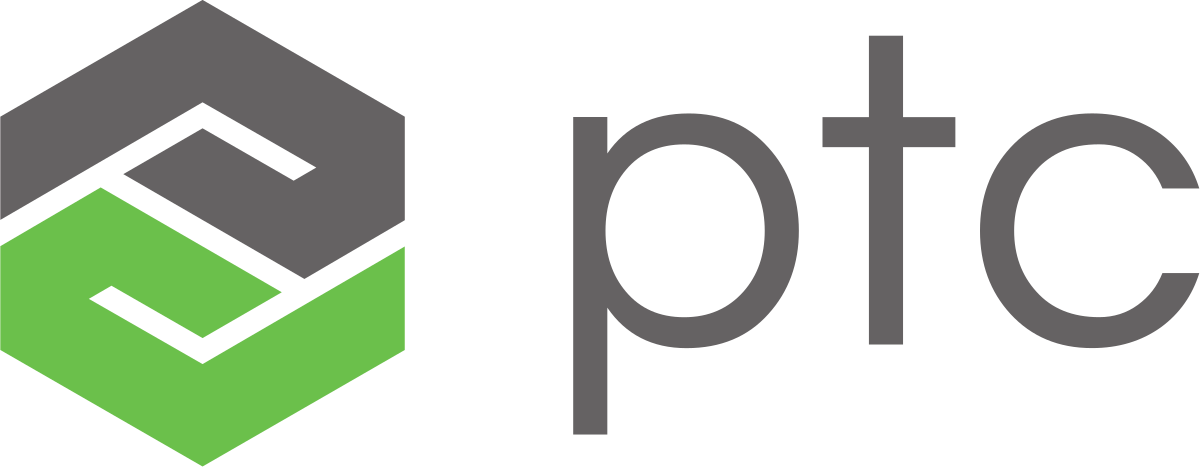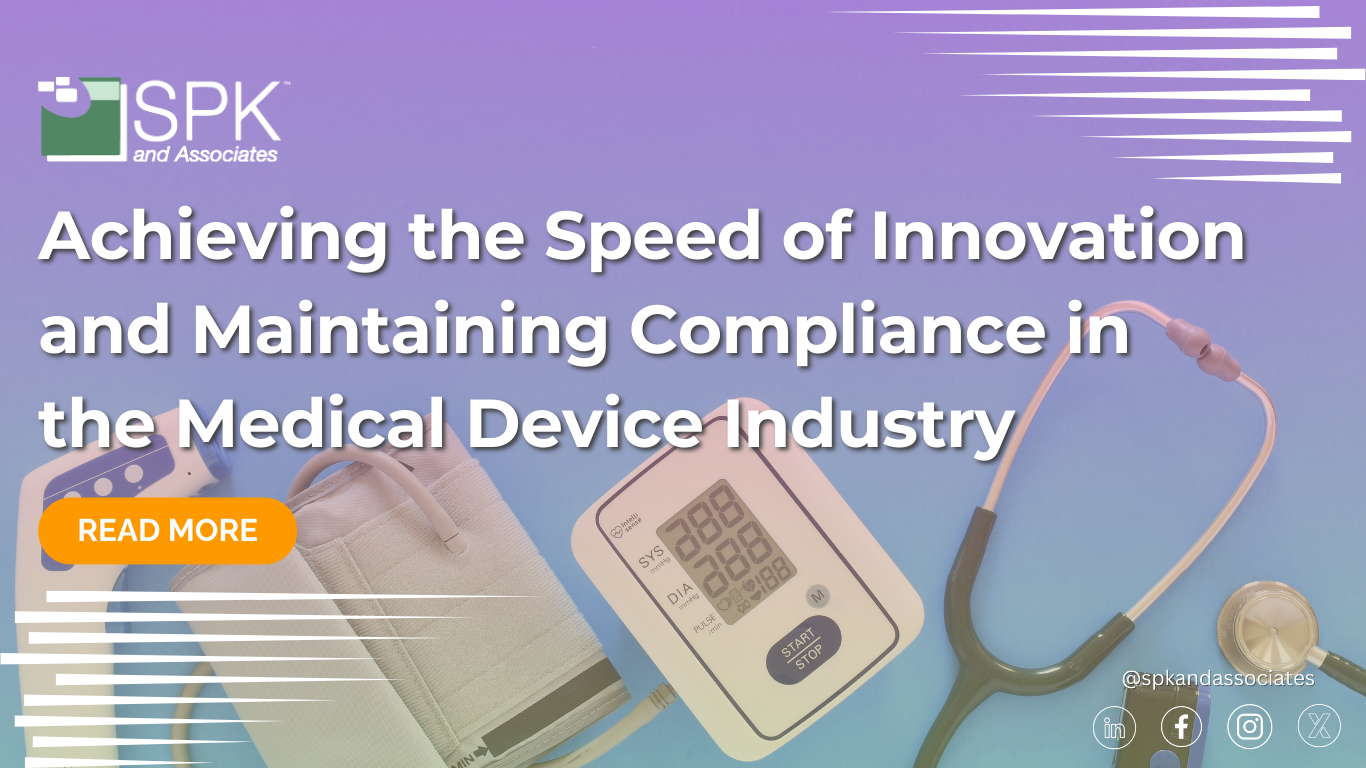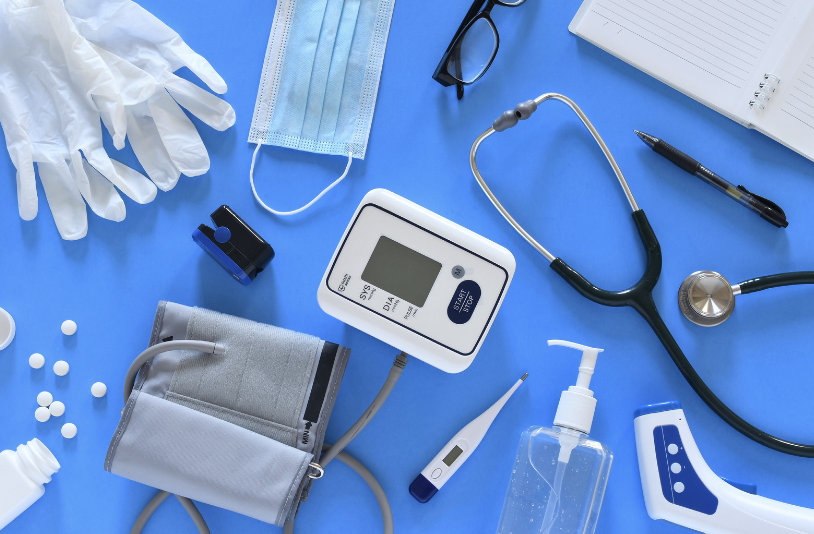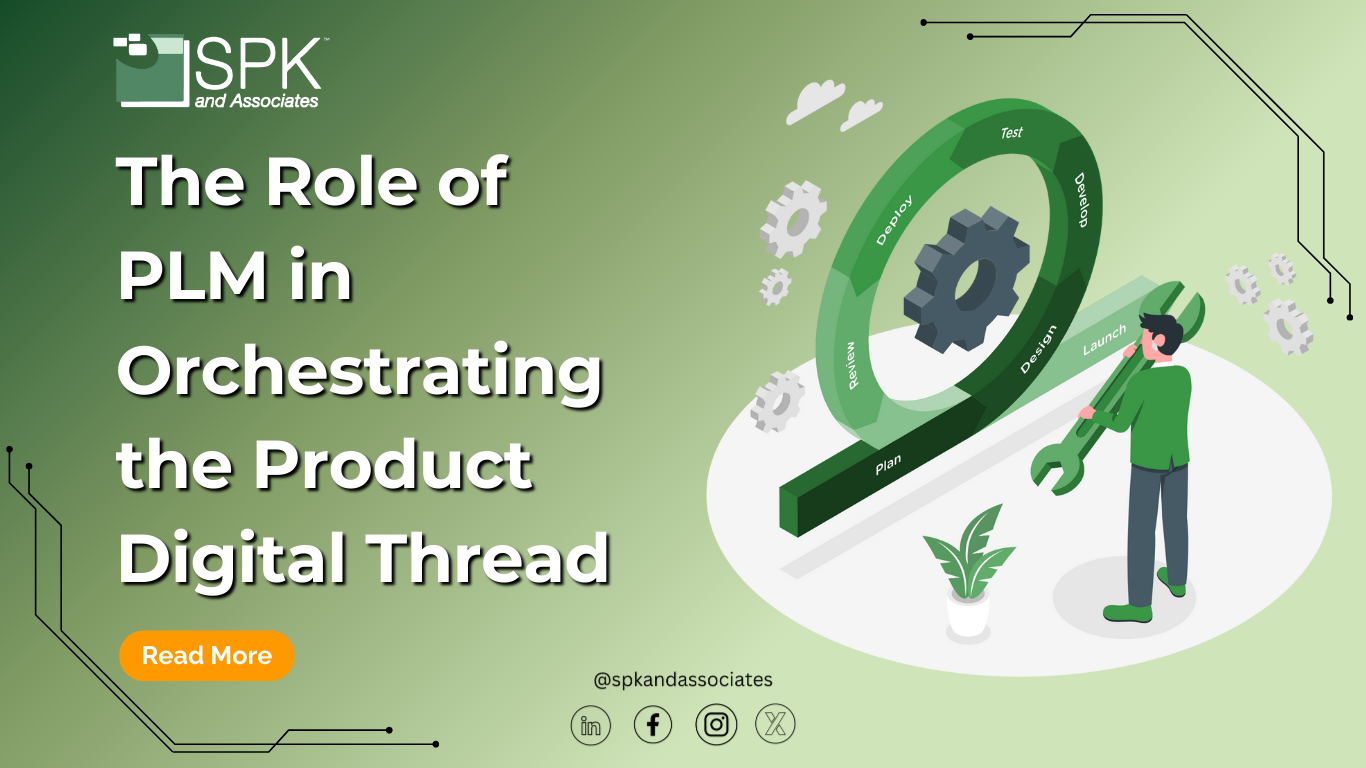Innovation is essential for staying ahead of competition in all industries, but especially in healthcare. Staying up to date with new technologies and compliance needs can improve outcomes for patients. The best way to ensure compliance is by utilizing the proper tools. Implementing a digital thread with PTC can help streamline compliance while fostering innovation in the medical device industry.

Difficulties with Compliance in the Medical Device Industry
Due to the severe repercussions of producing flawed tools, the medical device industry is one of the most heavily regulated industries. Manufacturing mistakes can lead to injury or even death of a patient. This is why complying with standards from the FDA, ISO, and the EU MDR is vital. These standards ensure that devices are safe for patient use. They often set guidelines for Quality Management Systems (QMS) and risk management.
Despite the high standards these regulations set, some companies still struggle to believe that compliance always results in high-quality products. This is due to the perception that regulations focus on ensuring that processes are followed, rather than guaranteeing that the final product meets the highest quality standards. Additionally, some companies find that an overemphasis on compliance can divert attention from innovation. Rather than enhancing product performance with new technologies, businesses are too busy focusing on satisfying regulatory requirements. So, what is the best way to balance innovation and compliance in this environment?

Navigating Compliance and Innovation with PTC
Using high-quality tools and solutions can help balance the struggle between innovation and compliance. PTC’s suite of tools, specifically its PLM solution Windchill, offers a better way to manage these goals. Windchill integrates the management of design, manufacturing, and quality processes into one system, ensuring compliance is built into the entire product lifecycle. From initial design to post-market surveillance, the product will remain compliant without compromising speed or innovation.
Using PTC’s solutions with the following processes can help medical device companies achieve innovation while maintaining compliance.
Pre-Configured Compliance Processes in Windchill
Compliance should always be the main focus for medical device manufacturers, and PTC Windchill can aid in ensuring it. Windchill offers pre-configured, ISO 13485-compliant processes specifically designed for the medical device industry. ISO 13485 is an internationally recognized standard for quality management systems in the development and production of medical devices. Companies that utilize these pre-configured processes can ensure their product meets all quality control and risk management regulations. This simplifies the compliance process, reducing the need for custom development, and therefore allowing companies to focus more on innovation.

The Digital Thread for Compliance with PTC
The digital thread is a way to connect every stage of development, from design and manufacturing to post-market performance. It ensures each stage of the process is traceable. Windchill PLM enables the digital thread by linking quality events, product design data, and regulatory information. This cohesive system enhances product quality and ensures compliance.
A great example of the digital thread in action is how Windchill uses Failure Mode Effect Analysis (FMEA) to predict potential product failures during the design phase. FMEA is embedded directly into CAD models which allows companies to anticipate and address risks before they produce a final product. Once these issues are addressed, users may utilize critical-to-quality (CTQ) characteristics to guide product validation and control plans. These guidelines ensure that quality is built into the product from the beginning.
Automation with the Regulatory Hub
Ever-evolving regulations for medical devices can be difficult to keep up with. Regulatory bodies such as the FDA and the EU regularly update their requirements, making manufacturers scramble to adapt their processes to remain compliant. Windchill helps resolve this challenge with its Regulatory Hub. The Regulatory Hub automates many of the regulatory processes involved in compliance tracking, allowing companies to focus on other goals. With Windchill, companies can track all regulatory submissions, leverage workflows, and utilize APIs that reflect best practices. As regulations change, users can automatically update the system without the need for manual intervention. This flexibility allows companies to respond quickly to new regulatory requirements while maintaining their focus on innovation.
Reducing the Total Cost of Quality with Windchill
Producing high-quality products is expensive with materials and labor adding up. Product recalls, field failures, and other interruptions known as cost-of-quality events add to these expenses. As the number of these events rises, the public’s concern about the quality of their products rises with them. Improving product design and manufacturing processes helps reduce the total cost of quality for medical device companies.
Windchill can help businesses achieve these improvements by integrating quality-by-design principles into the early stages of product development. This integration helps companies mitigate the risk of quality events by enabling continuous improvement. It ties real-world failures observed in manufacturing and field use back to design engineers, allowing them to address these throughout the product lifecycle. This reduces the likelihood of costly recalls and adverse events, ultimately lowering the total cost of quality.
Driving Innovation and Remaining Compliant with The Digital Thread
Medical device companies cannot afford to choose between innovation and compliance, they must achieve both; and with PTC, they can. By leveraging PTC’s tools like Windchill, medical device manufacturers can build a seamless, compliant digital thread across the entire product lifecycle. To discover how you can implement a digital thread with PTC, contact our experts today.









